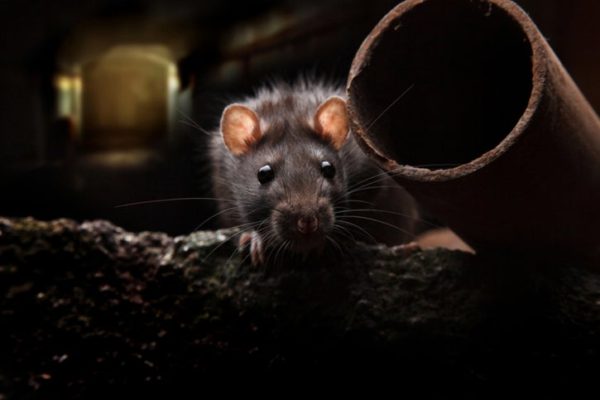

While Baltimore showed progress from last year, it still made the top 10 on Orkin’s list of “Rattiest Cities.”
By Deb Belt, Patch Staff
BALTIMORE, MD – Charm City is once again among America’s “Rattiest Cities,” according to a new report from pest control company Orkin, although it has shown progress in each of the past two years. Baltimore comes in at No. 9 on the company’s 2018 rankings released Monday.
This is the fourth year that Orkin has compiled the rankings, which are based on the number of rodent treatments the company performed from Sept. 15, 2017 to Sept. 15, 2018. It includes both residential and commercial treatments.
Baltimore dropped one slot from last year, when it was ranked eighth; two years ago it was No. 6 on the Orkin list. The city has undertaken several rat control measures, including the issuance of municipal garbage cans to contain waste.
For the fourth year in a row, Chicago was No. 1 on the list.
Here are the 10 “Rattiest Cities” in the U.S. for 2018, according to Orkin:
- Chicago
- Los Angeles
- New York
- Washington, DC
- San Francisco
- Detroit
- Philadelphia
- Cleveland
- Baltimore
- Denver
See the full list of “rattiest cities” here.
Those concerned about rat infestations should call Baltimore City at 311 or submit an online service request.
(For more local news, click here to sign up for real-time news alertsand newsletters from Baltimore Patch, click here to find your local Maryland Patch. Also, like us on Facebook, and if you have an iPhone, click here to get the free Patch iPhone app.)
As the weather turns cold, rodents seek shelter in warm areas with readily-available food and water. The National Pest Management Association estimates rodents enter an estimated 21 million homes in the U.S. each winter.
“Rodents don’t need much of an invitation to enter your home,” said Chelle Hartzer, an Orkin entomologist, in a news release. “A rat can squeeze through an opening as small as a quarter, while a mouse can wedge its way into a hole smaller than a dime.”
Rats and mice will chew through electrical wires, gas lines and support beams in buildings. It’s estimated 25 percent of unexplained fires start from rodent chewing.
“Aside from causing structural damage, rodents can carry hundreds of pathogens that can transmit various diseases and dangerous parasites. Additionally, they constantly leave behind droplets of urine as they travel each day. These droppings can contribute to asthma and allergic reactions, especially in children,” Hartzer said.
Orkin recommends these tips to help prevent rats and mice in your home:
- Inspect both inside and outside the home for rodent droppings, burrows and rub marks along baseboards and walls.
- Look for possible entry points outside the home, seal all cracks larger than 1/4 of an inch and install weather strips at the bottom of exterior doors.
- Trim overgrown branches, plants and bushes to avoid giving rodents “jumping off” point.
- Keep your home clean, inside and out. Clean up crumbs and spills as soon as they happen to avoid leaving food residue or sugary substances that can attract rodents. Store all food (including pet food) in tightly-sealed containers like plastic bins, and never leave food or dishes sitting out overnight.
more recommended stories
 Fentanyl Seizures at Border Continue to Spike, Making San Diego a National Epicenter for Fentanyl Trafficking
Fentanyl Seizures at Border Continue to Spike, Making San Diego a National Epicenter for Fentanyl TraffickingFentanyl Seizures at Border Continue to.
 Utah Man Sentenced for Hate Crime Attack of Three Men
Utah Man Sentenced for Hate Crime Attack of Three MenTuesday, August 8, 2023 A.
 Green Energy Company Biden Hosted At White House Files For Bankruptcy
Green Energy Company Biden Hosted At White House Files For BankruptcyAug 7 (Reuters) – Electric-vehicle parts.
 Former ABC News Reporter Who “Debunked” Pizzagate Pleads Guilty of Possessing Child pδrn
Former ABC News Reporter Who “Debunked” Pizzagate Pleads Guilty of Possessing Child pδrnFriday, July 21, 2023 A former.
 Six Harvard Medical School and an Arkansas mortuary Charged With Trafficking In Stolen Human Remains
Six Harvard Medical School and an Arkansas mortuary Charged With Trafficking In Stolen Human RemainsSCRANTON – The United States.
 Over 300 People Facing Federal Charges For Crimes Committed During Nationwide Demonstrations
Over 300 People Facing Federal Charges For Crimes Committed During Nationwide DemonstrationsThe Department of Justice announced that.
